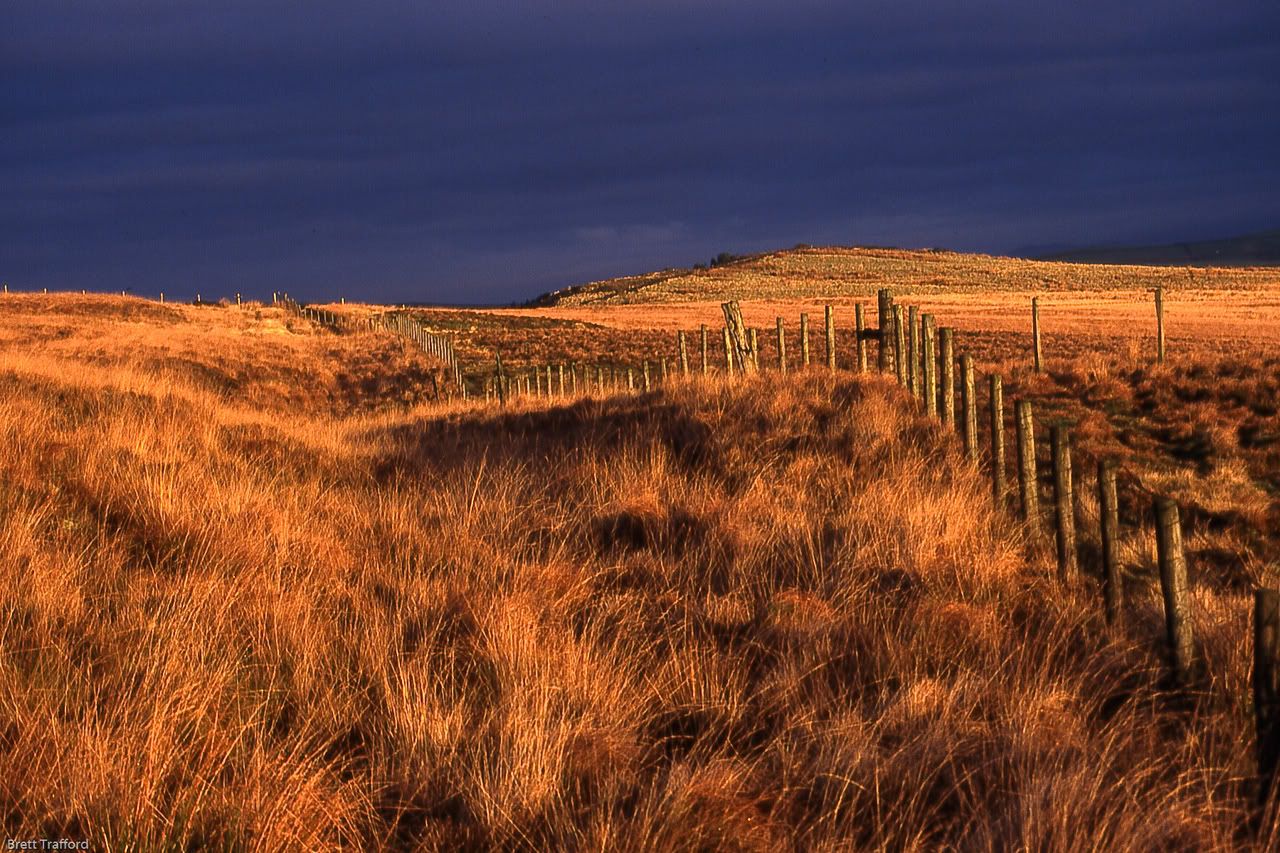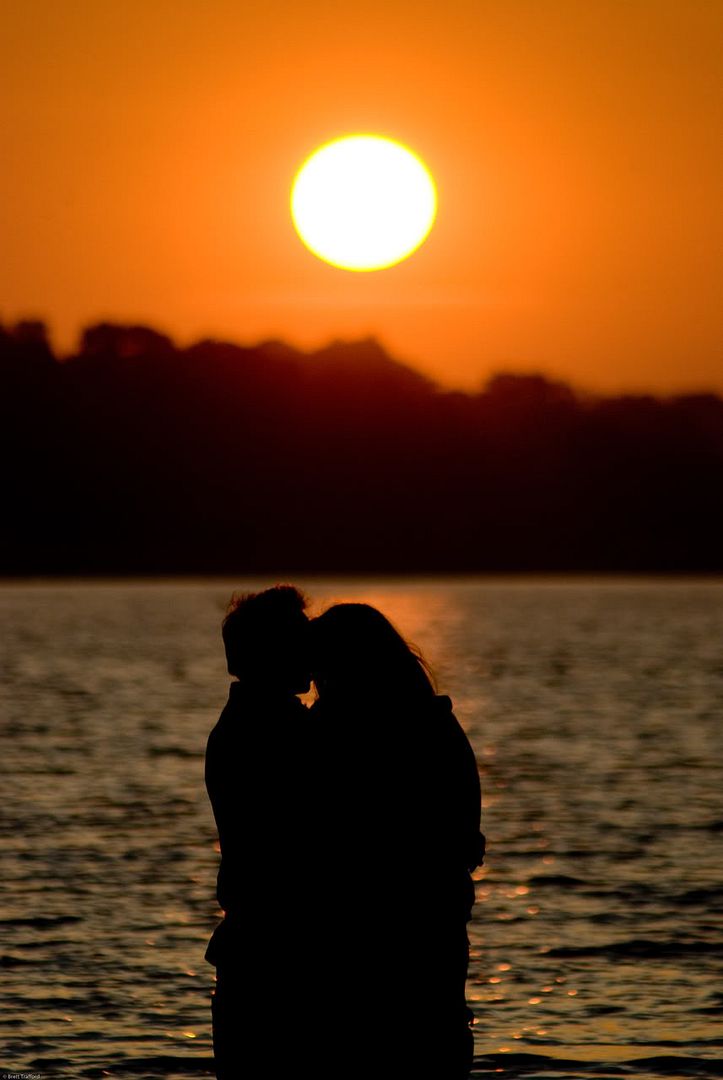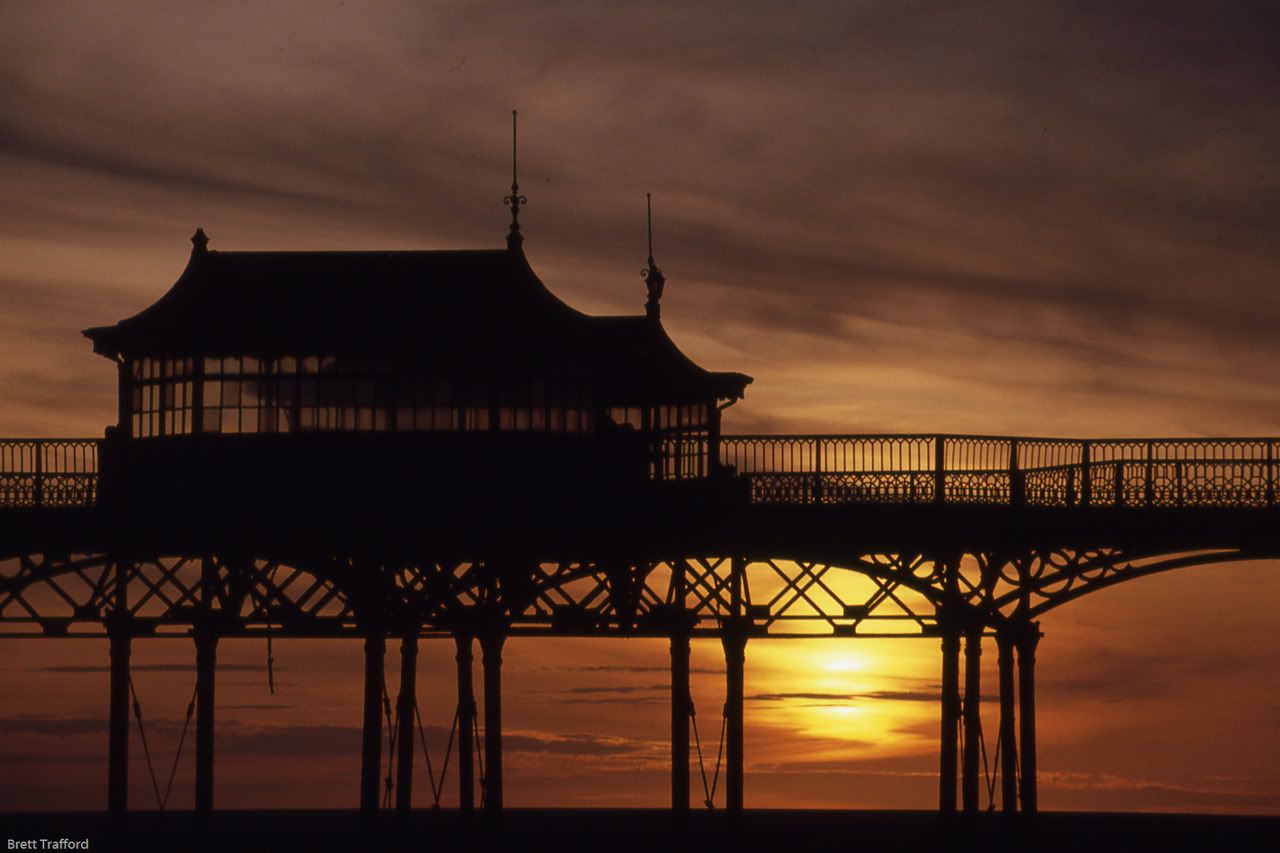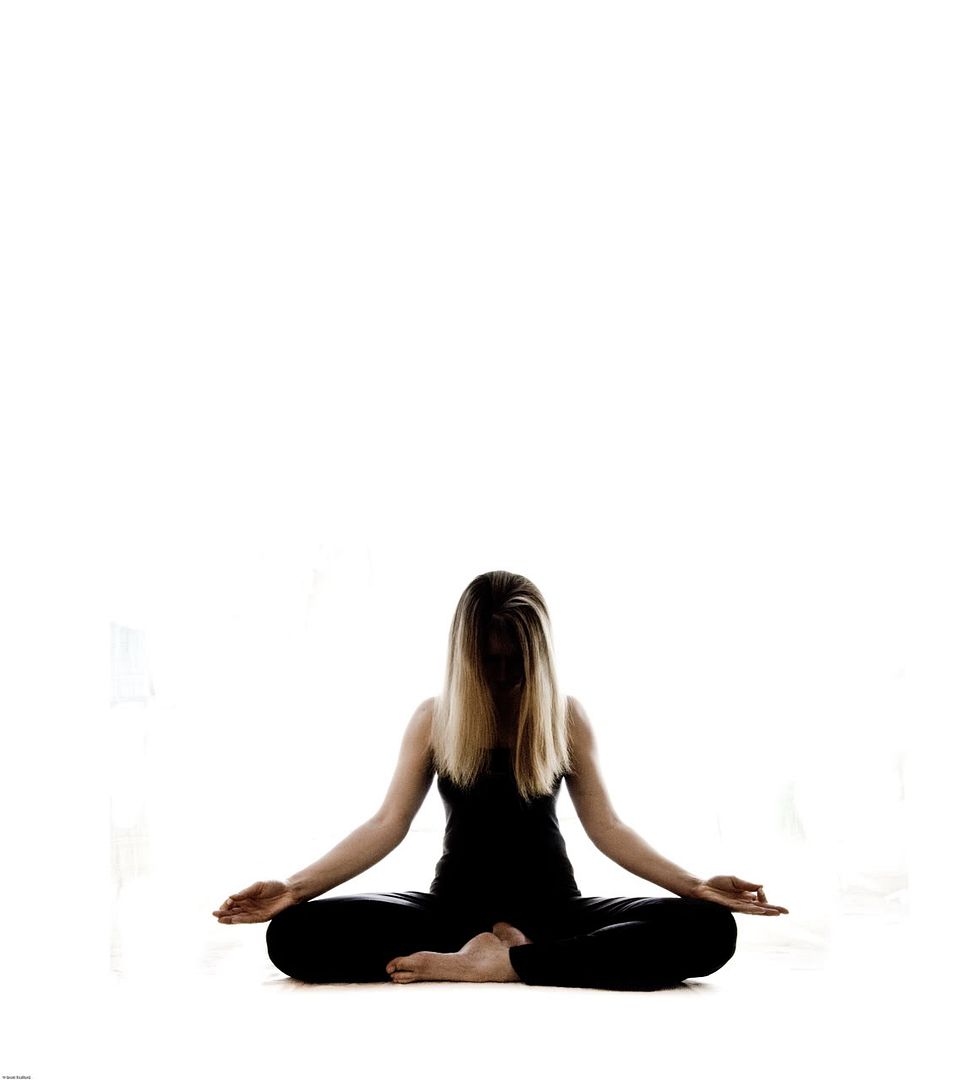I’m starting with exposure as it gives you a better idea of what is going on both physically and mentally in your camera.
Exposure is the term for the amount of light that hits the image collector, be it film or a CCD, a correct exposure means that the image is just the right brightness. Most cameras have an auto function on them that will set up the shutter speed and aperture to get a perfect exposure every time, well nearly every time.

Lets go back and look at the term “correct exposure”, all photography is based on personal taste, what is right for one person is not for another, each photo needs treating separately, how does the camera decide what is right? It can’t, all it can do is follow a set of basic rules of thumb and try to get close to what you want.
The camera does not see a photo as you do, its not little Jimmy playing in the snow, or fireworks over the city, it’s a small dark area against a large white area or a large dark area with pin points of light. For you the small dark bit (little Jimmy) needs to be exposed correctly, the camera see that the larger area is more dominant and exposes that. Most cameras take a number of readings from the image area and find an average mid point, if 90% of the image is light and 10% dark the average will lean very heavily to the light side, shortening the exposure and leaving little Jimmy looking very dark. With the fireworks being mainly dark you will get a long exposure leaving lots of detail in the city but a mass of bright streaks in the sky. In both cases the camera will have done its job, a correct exposure for the bulk of the picture, it’s just missed the point that you were trying to make.
Understanding how your camera thinks helps you get the best out of it, knowing what it will do to little Jimmy you have the option of making him more dominant in the picture, forcing the camera to take more notice of him. The easiest way is to make him bigger in the picture, but you may be lucky enough to have an exposure lock on the camera. An exposure lock does what is says, locks the exposure, the most common way is by ½ pressing the shutter button when pointed at the item that you want correctly exposed, you then re frame the shot and finish pressing the button. The camera will take the shot but expose it as if it was looking at something else, that something else being the item you wanted correctly exposing.

Another way is to shoot manually, if you have the option, on digital it can be as easy as shooting, looking at the image, adjusting the aperture or shutter speed and re-shooting until you get the right result, if you are doing lots of the same shot, once its set right you can usually leave it.
With film it can be more costly as you wont known what is right, so you do what is called bracketing, shooting a number of different exposures so that at least one is right.
Your camera may also have different metering modes (metering is the term for taking a light reading for exposure) these are normally just different ways that the camera judges the light in a picture, so instead of using an average for the whole shot it will maybe treat the center of the image as more important, so that little Jimmy’s 10% becomes more like 50% (this is called centre weighted) or it could take a spot right in the center and make it the most important part, turning little Jimmy into 100% (this surprisingly is call spot metering). If you can use spot metering with exposure lock, then regardless of the conditions what you deem important will be exposed correctly.

A lot of cameras come with program modes, these are auto modes but with a twist, the camera will have been set up to take certain types of image, landscape, night time or back lit, and by selecting the mode it will try to retake that type of image again. So for little Jimmy the back lit mode (as the snow behind will be a lot brighter than he is) will adjust the exposure to compensate.
Now comes the fun part, do you really want to see little Jimmy’s smiling face, or artistically is the small dark, featureless figure, against the vast snowfield more pleasing to you. As I’ve said before exposure is down to personal taste, your camera will try to help but don’t be afraid to show it whose boss, correct exposure is what’s correct for you.








No comments:
Post a Comment